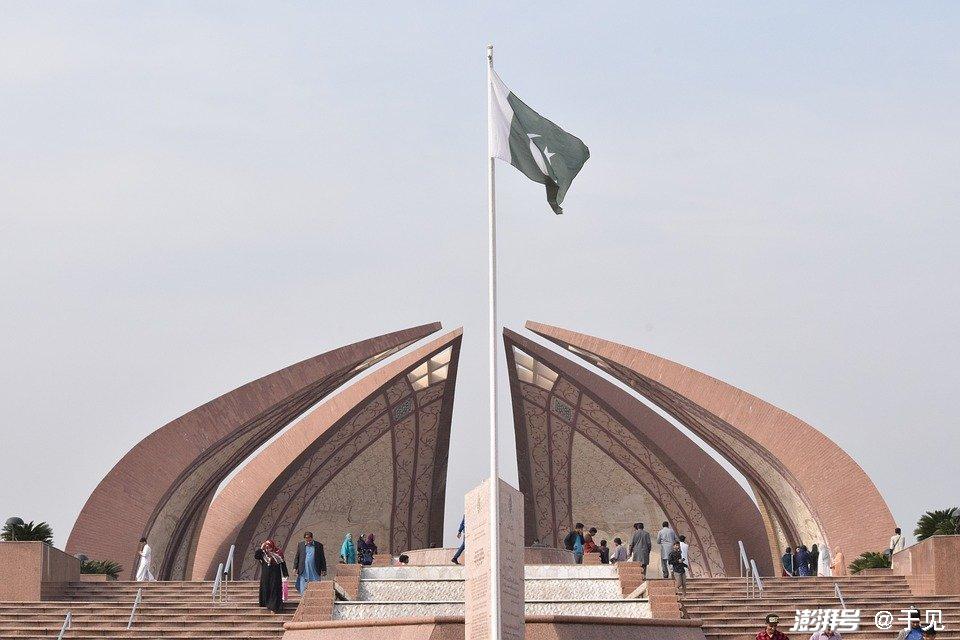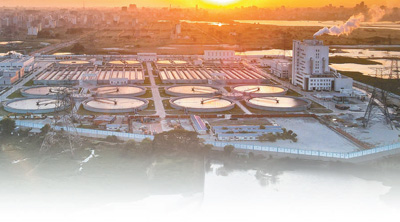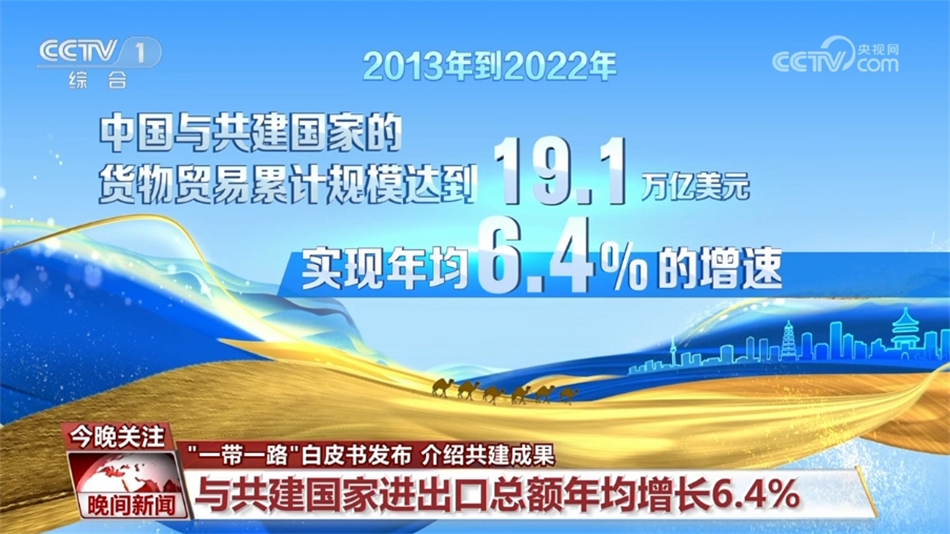CILT Academician Liu Jinxin: Jointly Explore The Development Path Of Railway Transportation Connecting ASEAN And The EU
CILT Academician Liu Jinxin: Jointly Explore The Development Path Of Railway Transportation Connecting ASEAN And The EU
This meeting focused on regulatory frameworks and multilateral cooperation policies
Online seminar on Malaysia-Türkiye railway freight connecting ASEAN and the EU
On September 26, 2025, the "Malaysia-Turkey Railway Freight Connecting ASEAN and EU Seminar" hosted by the Malaysian Chapter of the International Society of Logistics and Transportation was successfully held online. The conference focused on regulatory frameworks and multilateral cooperation policies, and invited more than 80 experts, scholars and industry representatives from research institutions, universities and enterprises such as the CILT China Chapter, the United Nations Economic Commission for Europe (UNECE), the United Nations Economic Commission for Asia and the Pacific (), the European Union (EU), the Kunming South and Southeast Asia International Logistics Institute (SSILR), Thammasat University in Thailand, and the Malaysian Glass Dry Port Company to participate in the meeting to discuss key issues on intercontinental rail transport connectivity.
The meeting was chaired by CILT Malaysia Chapter CEO Wan Ahmad Zahid Wan Mohamad CMILT. Representatives from the United Nations Economic Commission for Europe, the United Nations Economic Commission for Asia and the Pacific, and the European Union, as well as Du Juan, CMILT, Vice President of the Kunming South Asia and Southeast Asia International Logistics Institute, Professor Ruth Benomin from Thammasat University, Thailand, and other guests participated in the exchange.

CILT Academician Liu Jinxin (China)
Academician Liu Jinxin of CILT China Chapter attended the meeting and delivered a keynote speech. He systematically analyzed the actual needs, key challenges and development paths of ASEAN-China-EU railway transportation, and put forward constructive suggestions on the operational connectivity of the Malaysia-Turkey railway freight channel, which received high attention and recognition from all parties participating in the meeting.
[Event] Poland interrupted China-Europe freight trains, giving rise to the Arctic sea route and the Trans-Caspian Corridor

Schematic diagram of China-Europe freight train operation
On September 12, Poland announced the closure of all land ports with Belarus due to security concerns, which directly blocked the main channel of China-Europe trains. About 300 freight trains were stranded at the border, and 90% of the trains entering Poland were interrupted. The European Christmas season stocking supply chain faced the risk of rupture. Malaszewicz in Poland is the core hub for China-Europe freight trains to enter the EU and is responsible for about 98% of the gauge conversion tasks. Its paralysis is equivalent to choking the throat of China-Europe land transportation. The incident once again highlights the potential impact of geopolitical factors on international supply chains and the importance of transportation security.
On September 18, Chongqing Port stepped up adjustments to the use of the Trans-Caspian Sea route. After the goods arrived in Baku, Azerbaijan across the Caspian Sea, they were directly distributed from the Tbilisi Railway in Georgia, passing through Kars to Istanbul, Turkey, with a total journey of 21 days.
On September 22, Ningbo Port launched the Arctic Container Express Channel from the Bering Strait to Flixstowe Port in the UK. The shipping time of this channel is 18 days.
The rapid development and adjustment of transportation routes by Chinese companies demonstrates the importance of diversified logistics network layout.
1. Realistic needs: Four major factors drive the development of intercontinental railway transportation
CILT Academician Liu Jinxin pointed out in his speech that in the context of profound changes in the global economic and trade pattern, the growing demand for railway transport connectivity between ASEAN-China-EU is mainly due to the following four factors:
1. Reshaping of global industrial and supply chains. Countries are actively promoting the optimization of industrial chain layout and have an urgent need for safe, stable and resilient international logistics channels. Railway transportation has become an important support with its unique advantages.
2. China’s hub status is enhanced. As a key node in the global supply chain, China plays an increasingly important role as a bridge and hub in promoting trade between Asia and Europe.
3. Industry complementarity is obvious. The industrial structures of the three major economic sectors of ASEAN, China and the EU are highly complementary, providing a solid supply foundation for cross-regional railway freight.
4. Coping with transportation safety and uncertainty challenges: Faced with challenges such as blocked transportation channels in some areas and cross-border security risks, problems such as the Red Sea crisis, blocked routes of China-Europe trains, and cross-border crimes frequently occur. Traditional transportation methods face many risks. It has become the consensus of all parties to promote the diversification of logistics networks and improve emergency response capabilities.
[Event] The transportation ministers of China and Turkey held talks to improve cooperation mechanisms

The transportation ministers of China and Turkey held talks to improve cooperation mechanisms
On May 23, Minister of Transport Liu Wei met with Turkish Minister of Transport and Infrastructure Abdulkadir Uraloglu in Beijing. The two sides had an in-depth exchange of views on issues of common concern. The two parties reached a consensus to continue high-level policy dialogue and in-depth technical exchanges between government departments, research institutions, and industry enterprises, establish a joint transportation working group, and deepen cooperation in the fields of international road transportation, green shipping, and other fields.
2. Existing challenges: Three major bottlenecks restrict the efficient operation of the channel
Although intercontinental railway transportation has broad prospects for development, it still faces a series of practical challenges. Liu Jinxin analyzed that there are currently three major bottlenecks:
1. The coordination mechanism needs to be strengthened urgently: Poor coordination mechanism seriously affects the efficiency of channel connectivity. On the one hand, the intergovernmental mechanism is susceptible to changes in the international situation, and communication and mutual trust need to be strengthened to reduce the risk of operational interruptions; on the other hand, the mechanism between multinational enterprises is difficult to maintain alone in the Chinese market. At the same time, the cooperation mechanism between think tanks and industry organizations lacks corporate support, making it difficult to form effective synergy.
2. Digital information and legal barriers coexist
Differences in data exchange and legal procedures between countries restrict the smooth flow of information, and network security issues have also put forward higher requirements for the coordination of land and sea ports.
3. Greater pressure on operating costs: Costs in links such as the connection between dry ports and seaports and cross-border transportation remain high, affecting the overall competitiveness of the channel. For example, the transportation costs of some sections of the China-Laos railway are relatively high, reflecting that the operating model needs to be optimized.
[Event] Kunming City initiates the establishment of China-Laos Railway Alliance

Kunming City initiates the establishment of China-Laos Railway Alliance
On November 18, 2024, during the 2024 China International Sister Cities Forum, a forum on transportation interconnection to build a community of urban destiny was held. Government officials from Kunming, Vientiane, Luang Prabang, and Ranong jointly discussed the establishment of a China-Laos Railway Alliance, aiming to improve the "Belt and Road" city cooperation mechanism and promote the operational connectivity of land port cities and seaport cities along the route.
3. Strategies to break the situation: four major strategies to promote high-quality channel connectivity
In response to the above issues, Academician Liu Jinxin combined industry practice and research results to propose four key strategies to provide ideas for promoting the construction of the Malaysia-Türkiye railway freight channel:
1. Improve the coordination mechanism and build a multi-level collaboration mechanism
Continue to improve and build a three-tier coordination mechanism between governments, think tanks, industries, and enterprises to achieve mutual complementarity and mutual promotion. Liu Jinxin pointed out that the China-Laos Railway City Alliance mechanism initiated by Kunming in 2024 is currently in its infancy, but it has provided valuable experience for the construction of a cross-regional coordination mechanism and can be used as an important reference for promotion and application. Through multi-level coordination mechanisms, barriers between departments and countries can be effectively broken down and collaborative efficiency improved.
2. Lay out digital AI dry ports and build cross-continental data centers
Digital infrastructure is a key support for improving transportation efficiency. Liu Jinxin proposed to build five digital AI dry ports in Kunming and Urumqi in China, Glass and Johor in Malaysia, and the "Hakkali Dry Port" in Istanbul, Turkey, to form a cross-continental railway multimodal logistics digital information center and serve as a digital trade logistics data hub for the channel.
3. Cultivate industrial complementarity and solve two-way trade problems
Cargo organization is the core link of channel operations, and the lack of interchangeable products (especially bulk goods) in two-way trade is the main problem faced by enterprises. In this regard, Liu Jinxin suggested that the government should optimize relevant policies, support regions along the route to cultivate complementary industries, promote each country to form unique industrial advantages, enrich bulk cargo categories, fundamentally solve the problem of two-way trade organization, and provide a stable supply of goods for railway freight.
4. Innovate the intermodal transport model and collaborate with multiple parties to reduce costs
Reducing transportation costs is the key to improving channel competitiveness. Liu Jinxin pointed out that it requires the joint efforts of the government, dry port enterprises, railways, customs and other parties to reduce logistics costs through policy support, innovative models and other measures.
Academician Liu Jinxin’s speech provided practical ideas for deepening Asia-Europe railway cooperation and smoothing international logistics channels. Representatives of CILT Malaysia Chapter said that they will continue to play the role of an international organization platform and conduct a series of seminars to accumulate practical cases for the 2026 ASEAN Connectivity Conference.
Contributed by: Chai Fengqi





